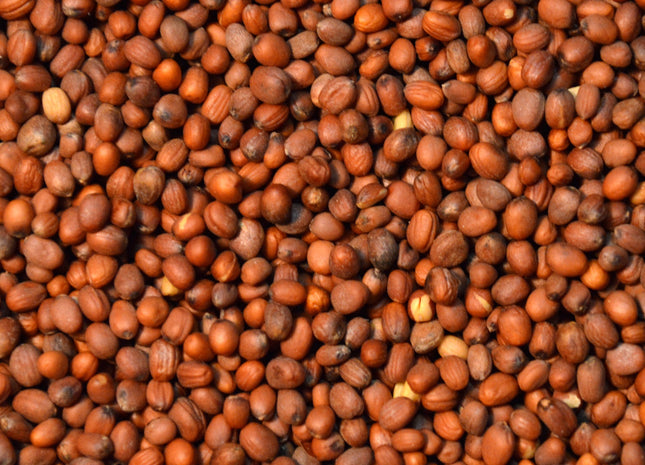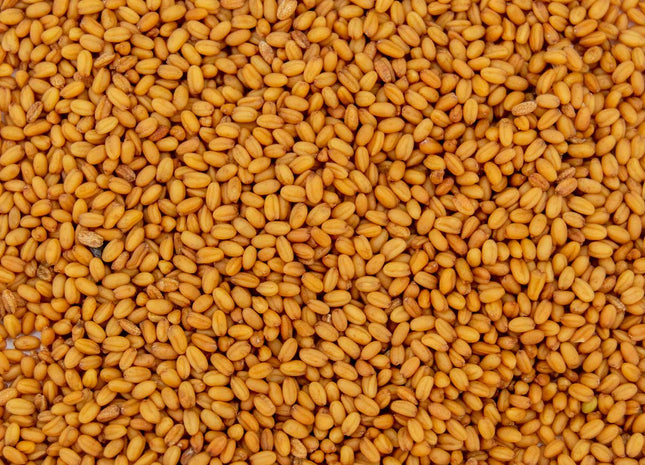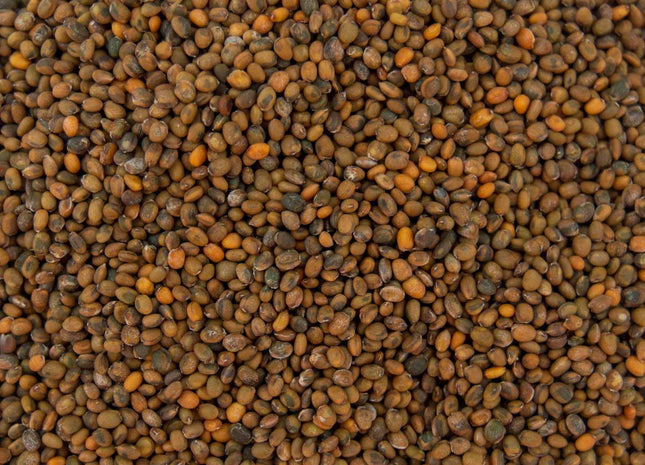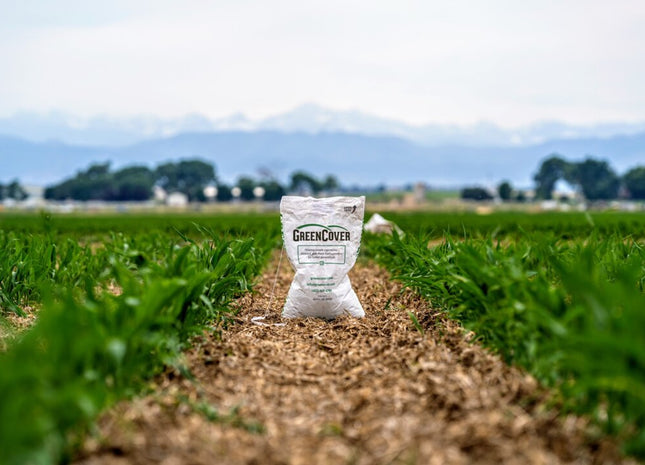Brassicas

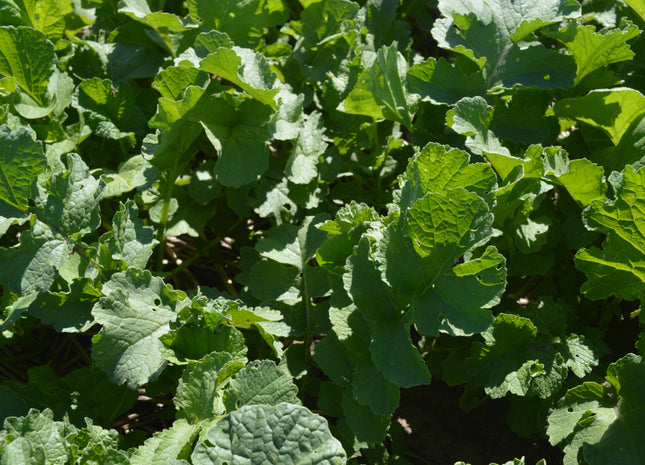
Radish (Nematode Control)
Nematode Control Radish possess a unique mechanism for nematode management. They release a specific biochemical compound from their roots, which prompts cyst nematode eggs to hatch prematurely. Subsequently, these nematodes adhere to the radish root, but struggle to acquire sufficient sustenance. Since radishes lack the nutrients essential for their survival, the nematodes either perish or fail to reproduce. Nematode-controlling radishes are selectively bred to optimize control over specific nematode species, offering an effective solution for managing nematode populations.
from $2.60 per lb

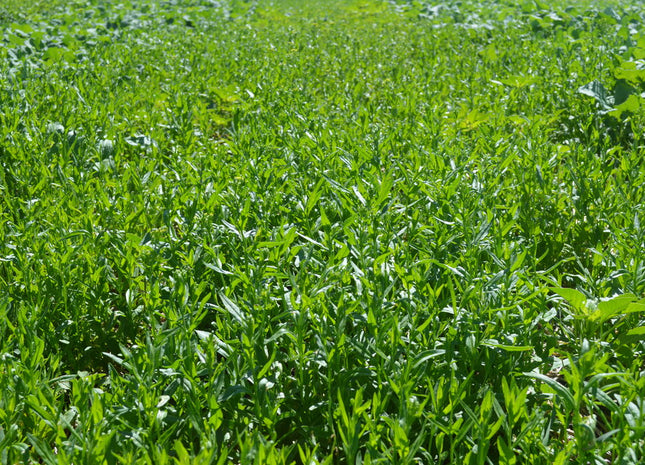
Winter Camelina
Winter Camelina is the most cold tolerant brassica with the ability to overwinter in most areas. This brassica grows a small rosette in the fall and then grows upright after winter dormancy. This is a good brassica to add to later planted fall mixes in cases after fall harvested cash crops. Camelina can be a great addition ahead of spring cash crops with its ability to scavenge nitrogen and phosphorus.
from $2.38 per lb

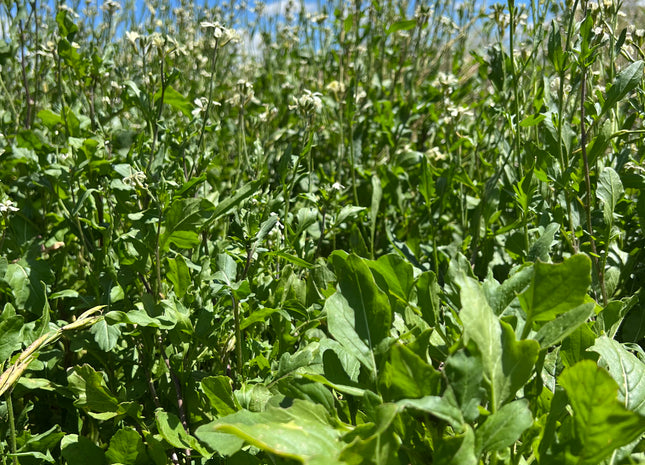
Arugula (Roquette)
What is usually known as a salad green, arugula can also be used in cover crop mixes. Arugula is a dense, low growing brassica other than its white flower when it bolts. The bitter taste and smell of arugula is an indication that the glucosinolates give it a natural biofumigant use similar to mustards. Arugula is a very long season plant and if spring planted will stay green late into the fall.
from $2.25 per lb

White Mustard (Action)
Action white mustard is a superior white mustard variety known for its excellent nematode reduction properties. This variety is very quick to establish and forms lots of biomass in its early stages of life. Action mustard is very stable due to it's extensive root system making it well suited to strip-till situations. This mustard has a low likelihood of flowering so it will stay in vegetative stage for a longer period of time making it ideal as a grazing mustard.
from $2.50 per lb

